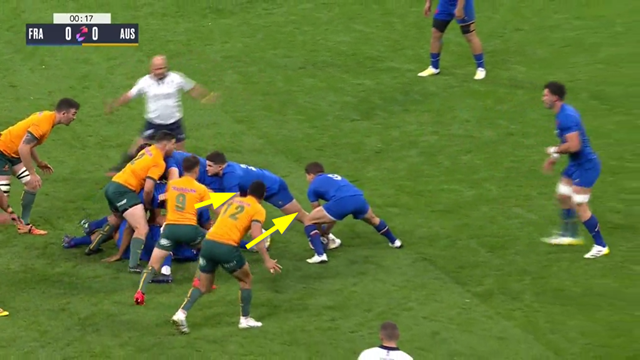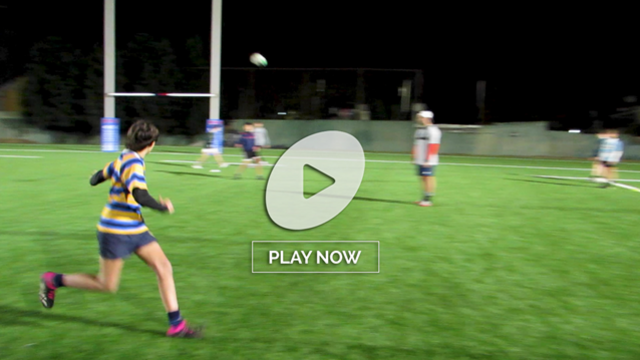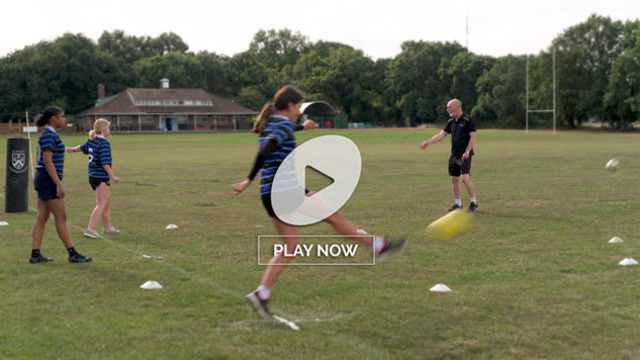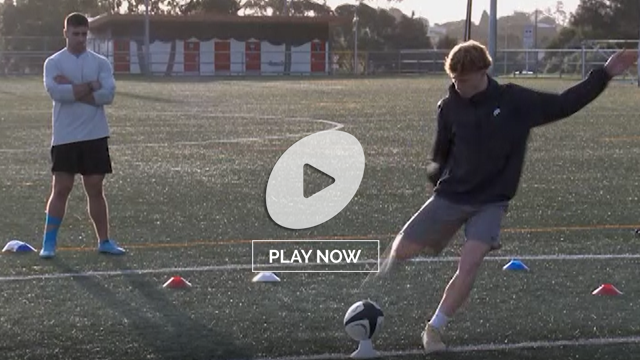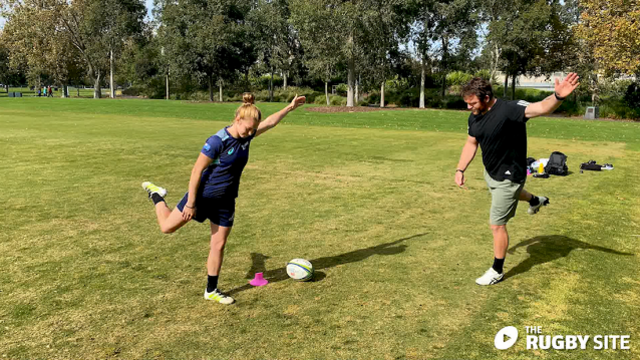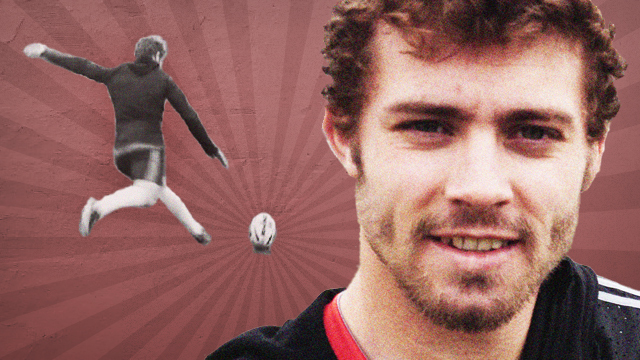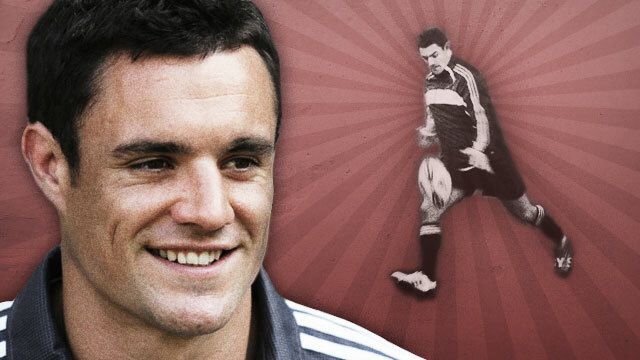Two-footed footballers are a rare species, and for that reason they are in high demand. There are some high-profile ones in the world of Soccer, like former Manchester United and Real Madrid stalwart Cristiano Ronaldo and French World Cup winner Zinedine Zidane. But for the most part, they crop up about as often as a four-leaf clover.
The following diagram illustrates how often genuine ambidexterity arises in the general population:
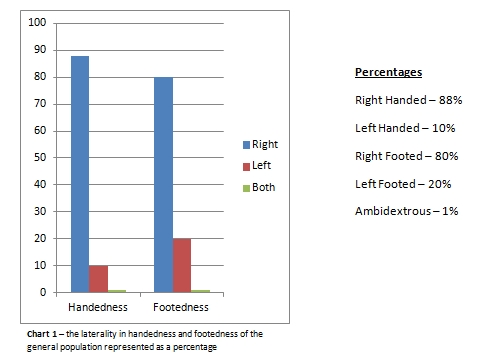
The article from which this chart derived commented aptly:
“So, the first key fact regarding laterality, which of course is well known, is that the majority of people on earth are right-handed (88%) and right-footed (80%).
“It is widely accepted that the comparative percentages for the laterality of football players tend to reflect the human population, therefore 80% of footballers are right footed and 20% are left footed.
“Interestingly, only one in every hundred people are regarded as naturally ambidextrous, which would indicate that only 1% of footballers are two-footed.” https://www.footballtechnicallab.com/the-myth-of-the-two-footed-footballer-part-1/
That’s right – only 1% of the general populace are genuinely two-handed or two-footed! One of rugby’s success stories in this regard is Stade Toulousain and France scrum-half Antoine Dupont, who kicks equally well off both feet.
As Ulster scrum-half John Cooney put it in a recent article,
“Firstly, he is very good at kicking off both feet – others like Lloyd Williams are good off both, but Dupont is by far the best. For example, I will only use my right foot. Not Dupont. And he is very smart because often, you won’t know which foot he’ll use.”https://www.rugbyworld.com/countries/france-countries/the-unique-antoine-dupont-kicking-strategy-unpacked-156361"
The #9 is the principal architect of an exit strategy for most sides, and the ability to develop two-footed kicking is a priceless asset. Let’s start by looking at some rare moments when Dupont was in trouble. The following two examples come from France’s November 2022 match against Australia:

The Wallabies kicked off deep into the French 22, and towards the left corner of the defence. This created a situation in which they could apply back-side pressure to Dupont’s exits off his right foot – and as in American Football, the optimal pressure is applied from the side where the passer/kicker cannot see it coming.
The French talisman is ‘sacked’ in the first instance, and forced into an uncharacteristic error (kicking the ball out on the full outside his own 22) when the rush comes from the opposite side in the second. Dupont was flustered, and it is a micro-battle the Wallabies are winning.
A great player will respond to serious questions posed by acknowledging the issues, and finding solutions to them. Roll the clock on to the recent World Cup warm-up match in Paris between France and Scotland, and Dupont had worked out his answers:
The Toulouse #9 steps out to his left and kicks off his left foot, which means that he can see the rusher all the way – this time, there is no blind-side surprise and he finds touch across halfway, a win for the exiting team.
Even when the ball spat out of the back of the ruck unexpectedly, Dupont was protected by the fact that he is facing the rusher:
The second layer of the ruck is dragged to ground and Dupont is forced to kick before he is ready, but he can still find the right angle to out-manoeuvre the block-,pdown attempt..
When he did finally go back to the right foot, he introduced a new wrinkle to combat the blind-side rush:
As John Cooney commented later in the Rugby World article,
“Stepping out to the side for those clearance kick increases the chances of being charged down.
“If you kick over the ruck, like Dupont does, it takes that away.
“His power makes it easier for him, but others might want to create a ‘caterpillar ruck’ in order for them to be further away from the opposition side of the ruck and give them more distance to clear.”
Once again, the Scotland rush is aligned to his left, so he steps right and kicks back over the top of the ruck to create an extra tier of safety. It makes the French #9 unreachable, and Dupont still has the leg power to reach the Scotland 40m line by this route.
Summary
However rare the genuinely ambidextrous may be, it is still important for rugby players at all levels to cultivate the same ability to ‘play both ways’ in training – and nowhere more so than at #9, who will be asked to pass off his/her left hand, and maybe kick off his/her left foot in the course of a game. The ability to switch between feet creates an extra layer of comfort. As John Cooney said, “Look at Dupont: He takes as many variables out of the equation as he can.”
